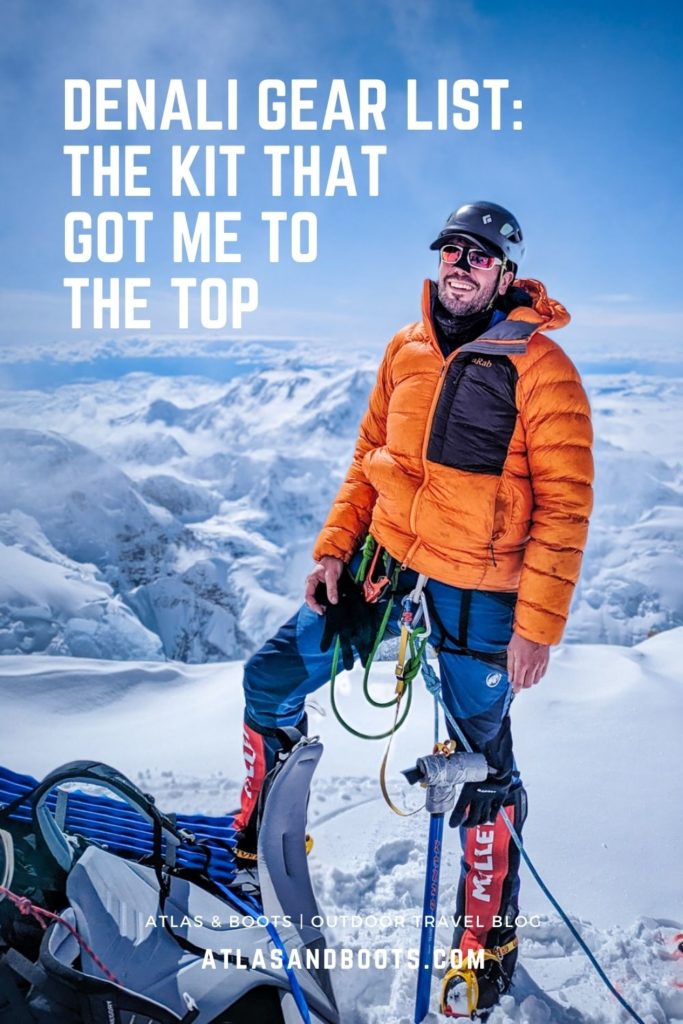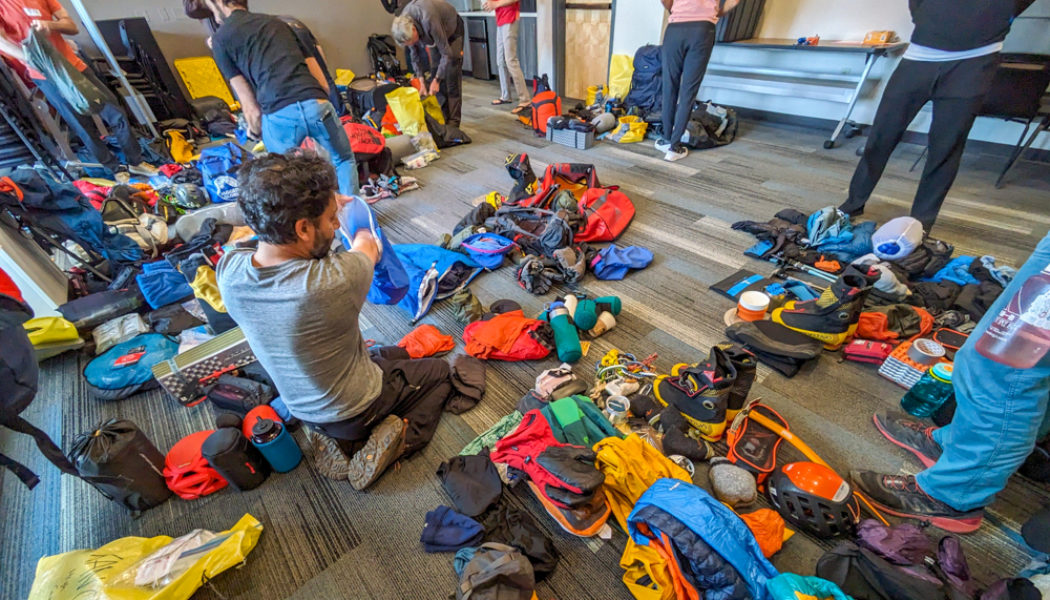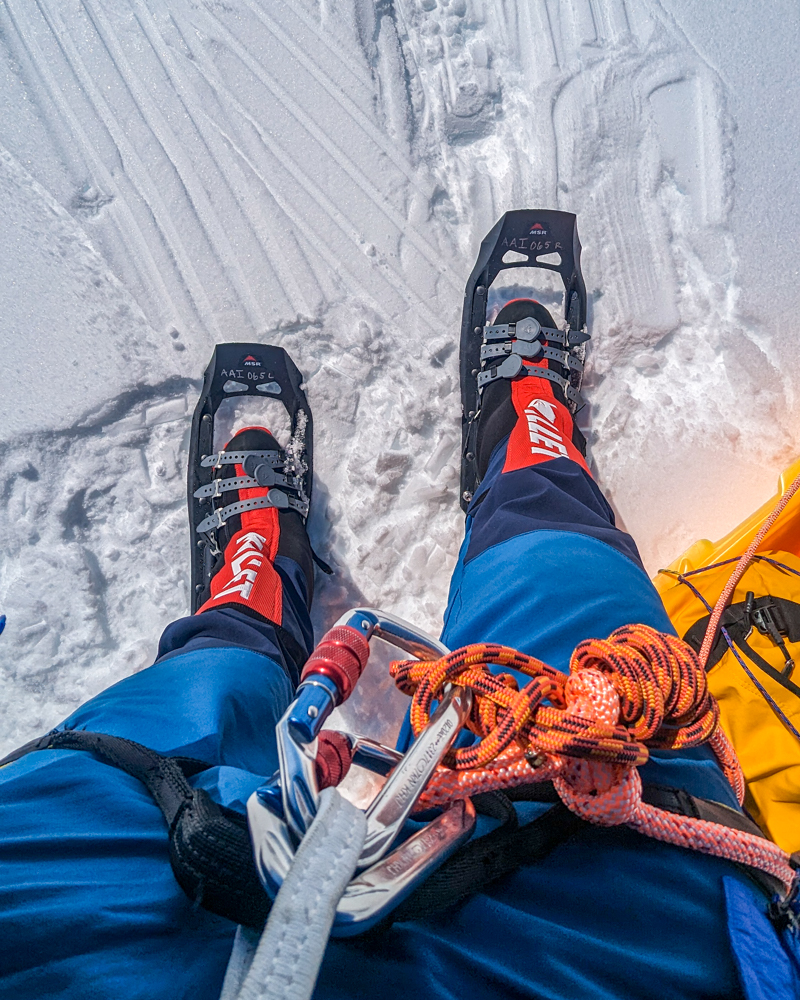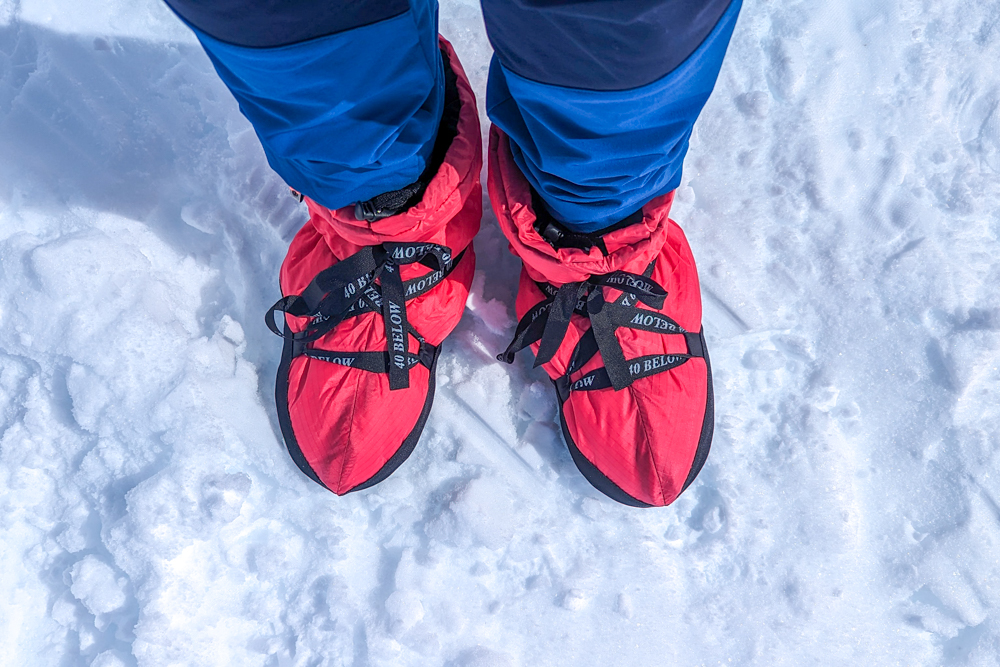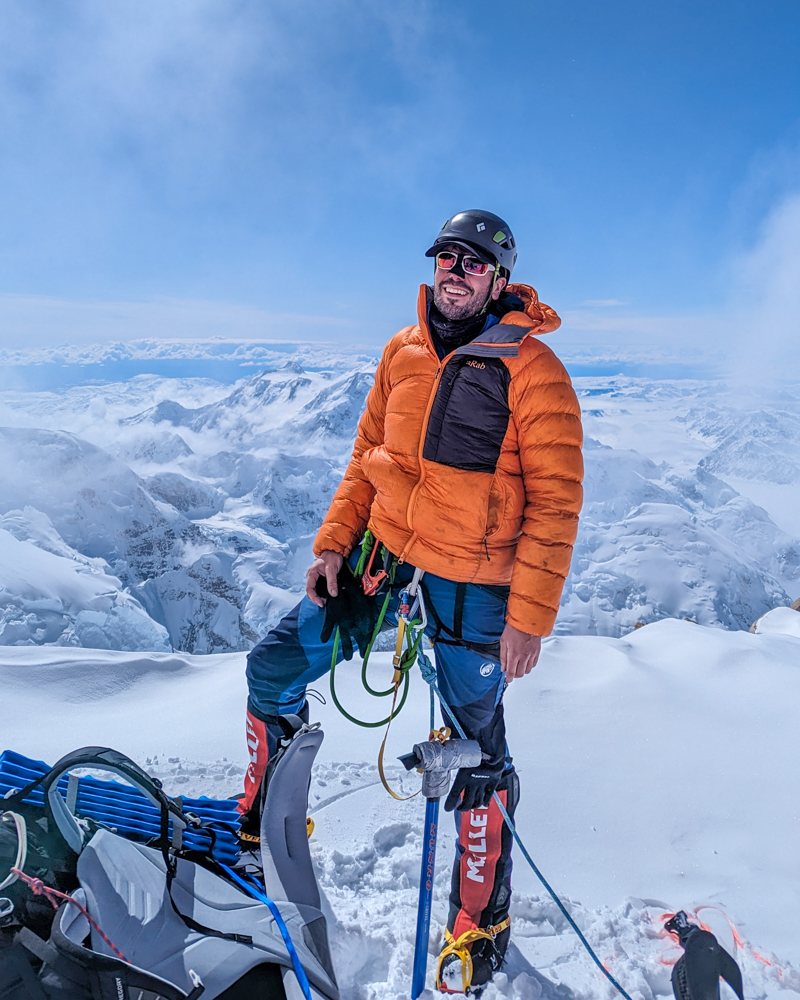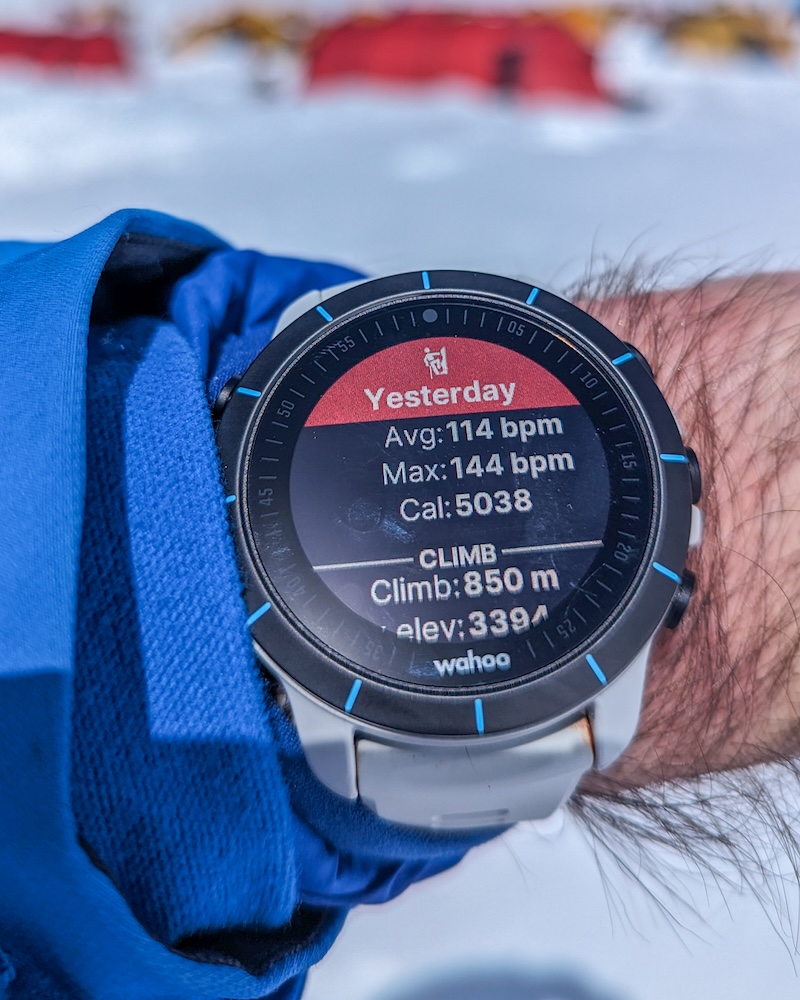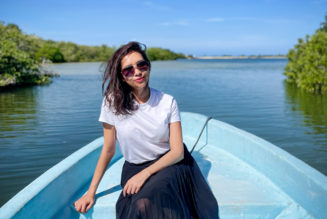My complete Denali gear list includes everything you’ll need to summit the highest mountain in North America
Denali in Alaska, USA, stands at a lofty 6,190m (20,310ft), making it North America’s highest mountain and one of the seven summits (the seven peaks that make up the highest point on every continent).
I recently returned from climbing Denali with American Alpine Institute (AAI). Any good guiding company will issue you a detailed kit list, but I always like to see exactly what others have used. As such, I thought it would be helpful to share my complete Denali gear list for future climbers to reference.
Denali gear list
As I joined a guided climb, tents and cooking equipment were supplied. However, climbers were responsible for supplying their sleeping system, footwear, mountaineering clothing and equipment along with any other personal items. A handful of items were available to hire from AAI but I would always recommend buying your own where possible. Hire gear may not always be in the best condition or available in your size.
I had much of the gear beforehand but there were some specialist items I needed, particularly when it came to some of the cold-weather gear. Denali is one of the coldest and windiest places in the USA, so it’s worth investing in the best and warmest available.
I did most of my shopping before I left the UK at Ellis Brigham but on arrival in Anchorage, Alaska, you will also have the opportunity to visit an outdoor store in case you’re missing any gear.
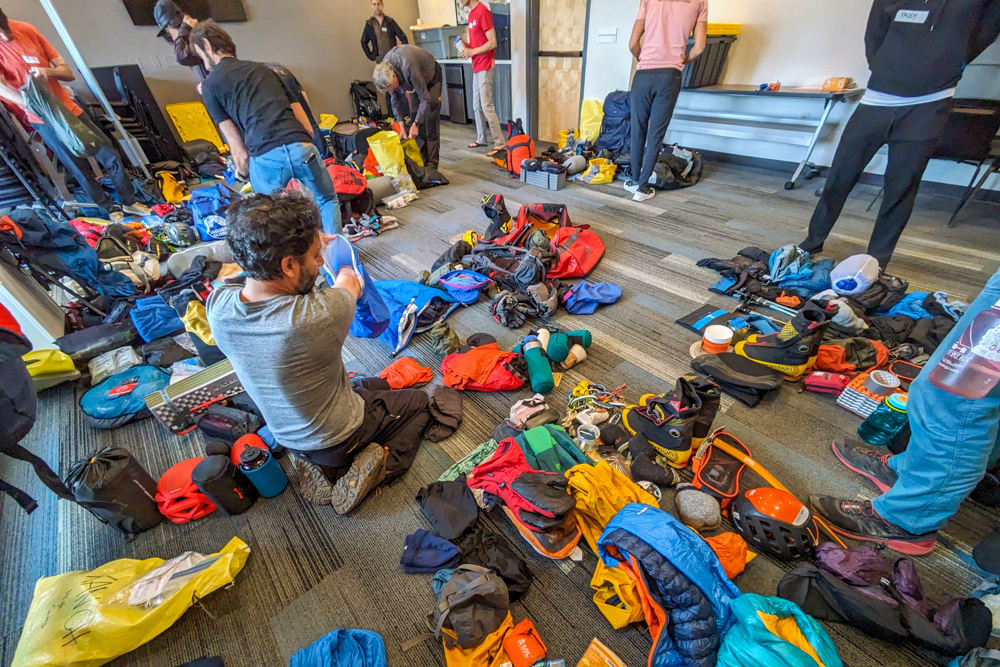
Even though Denali is ‘only’ a 6,000m mountain, some of the gear I bought – such as my sleeping system and mountaineering boots – is robust enough to use on Everest (if I ever make it there) and other 8,000m mountains.
Some items on the list below are optional – electronics and toiletries for example – but the majority are essential unless otherwise stated. For reference, I have linked to the exact gear I used where possible.
Sleeping system
For this expedition, I updated my sleeping system completely. Every piece of kit was new. It turned out to be one of the best decisions I ever made when it came to camping. I slept soundly every night and while the lack of oxygen at the higher camps may have been discomfiting at times, the cold never kept me awake. Read our dedicated sleeping system for Denali article for more information.
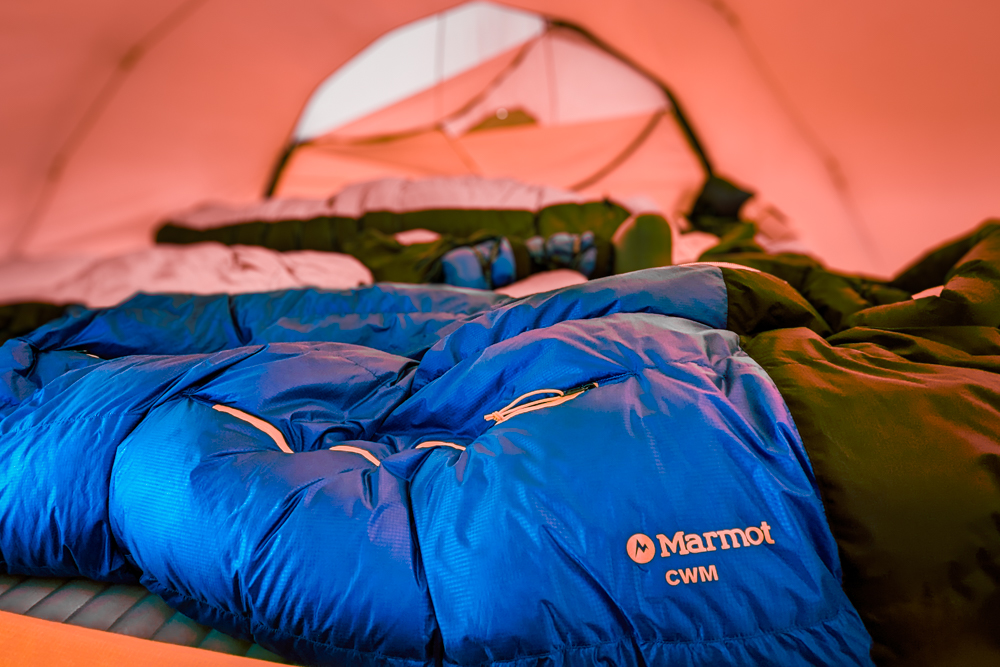
Footwear
You will wear your mountaineering boots nearly all day, every day, so make sure you get a pair which fits well and is warm enough. They should be double boots – ideally triple – and at least rated for use at 6,000m. However, if you’re planning to climb higher mountains in the future then opt for 8,000m boots. Another advantage of 8,000m boots is that you won’t need to buy additional overboots which are needed for 6,000m boots.
In the evenings and during rest days, a pair of lightweight camp booties after a long day in your mountaineering boots are bliss. They can be worn with or without socks or even inside your mountaineering boots if the inner is removed.
Snowshoes are used until Camp 3 but not above. If you already own a pair then check with your guiding company whether they are suitable. They should be equipped with an integral crampon and/or aggressive traction on the bottom and should be no longer than 71cm (28in). If you don’t already own a pair, then I recommend hiring them unless you regularly use snowshoes.
Mountain clothes
Warm clothing is also vital on Denali. From your base layer to your down jacket, it’s worth investing in the right gear for the right environment. For summit day, a down jacket with at least 380g of 800+ fill power is essential along with top and bottom waterproof shells.
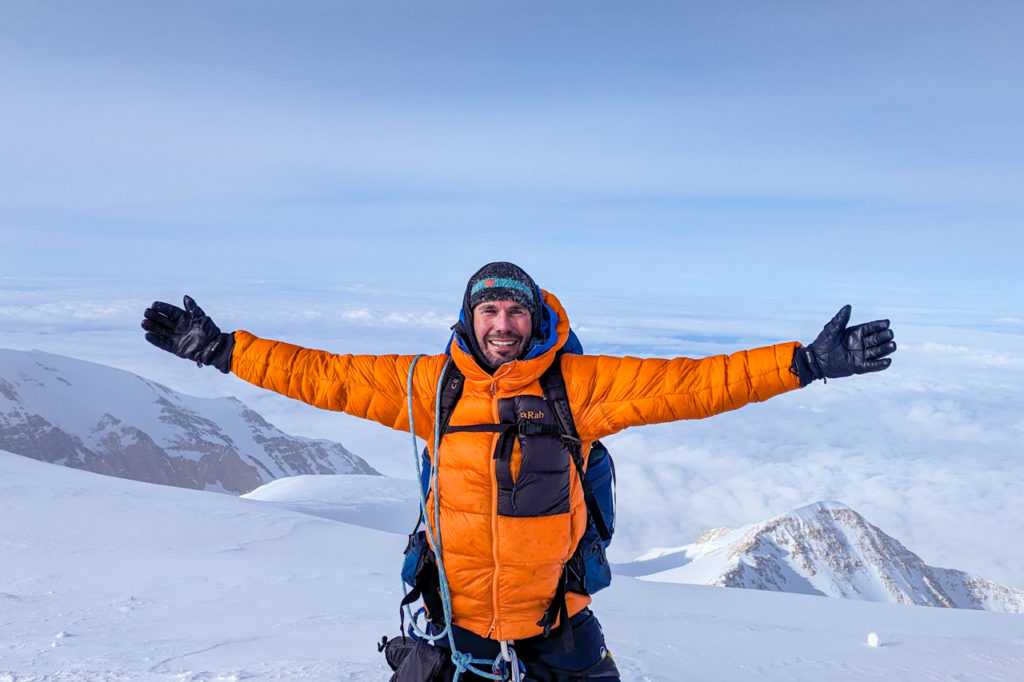
Woollen base layers are ideal, particularly Merino wool. Merino offers superb breathability and moisture-wicking and generally deals with odours better than polyester or nylon alternatives. Read our article on how to layer clothing for more information.
Gloves
I took five pairs of gloves onto Denali and used each one at various times depending on the temperature and task at hand. Generally, a liner glove that fits underneath every other glove will be useful at every stage of the climb. Every glove other than your mitts needs to be dexterous enough so that you can clip and unclip carabiners.
Face/head protection
On summit day, you need to be prepared to cover every bit of skin to ensure nothing is exposed to frostbite. You should test this system beforehand to make sure that you’re comfortable breathing through your various face and head layers.
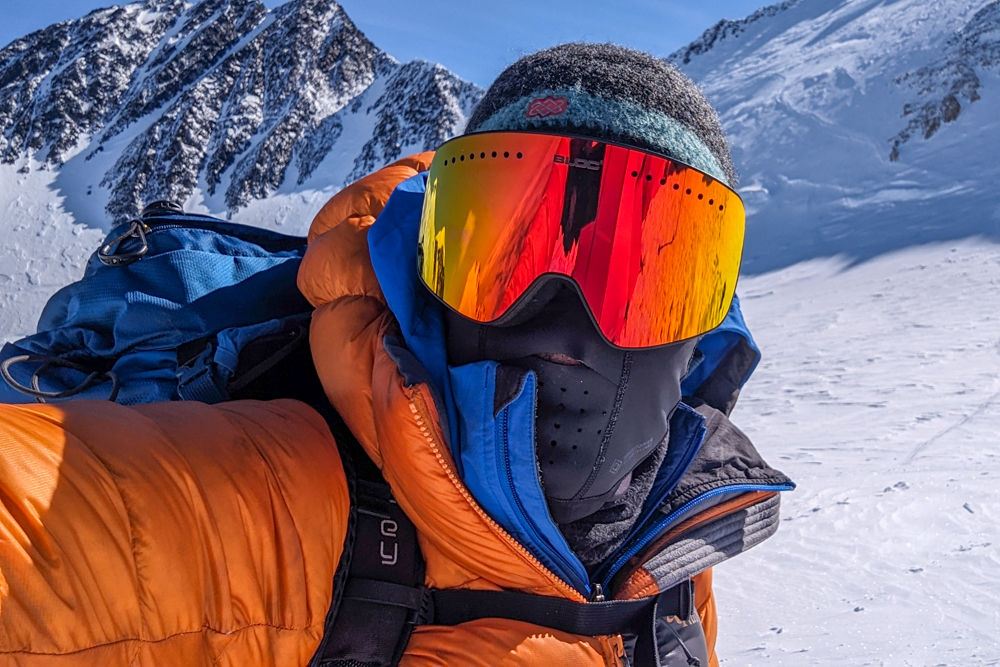
Mountaineering equipment
I had most of this left over from previous expeditions but updated my harness and topped up my carabiner rack. It’s worth taking some duct tape to wrap loose ends of rope and to label/mark carabiners if you want your exact ones back at the end of the trip.
Health & hygiene
Every climber should carry a personal first aid kit but guides do have a comprehensive kit available. Only use biodegradable toiletries in the mountains.
- Sunscreen (should be SPF 40)
- Lip block
- Hand sanitiser
- Eye mask
- Earplugs
- Tissues
- Wet wipes
- Foot powder
- Nail scissors/clippers
- Nail brush (optional)
- Painkillers
- Cough lozenges
- Plasters
- Compeed (blister protection)
- Rehydration powder sachets
- Antiseptic cream
- Diarrhoea treatment
- Penknife
- Garbage/bin bags
- Insect repellent (for use in Talkeetna)
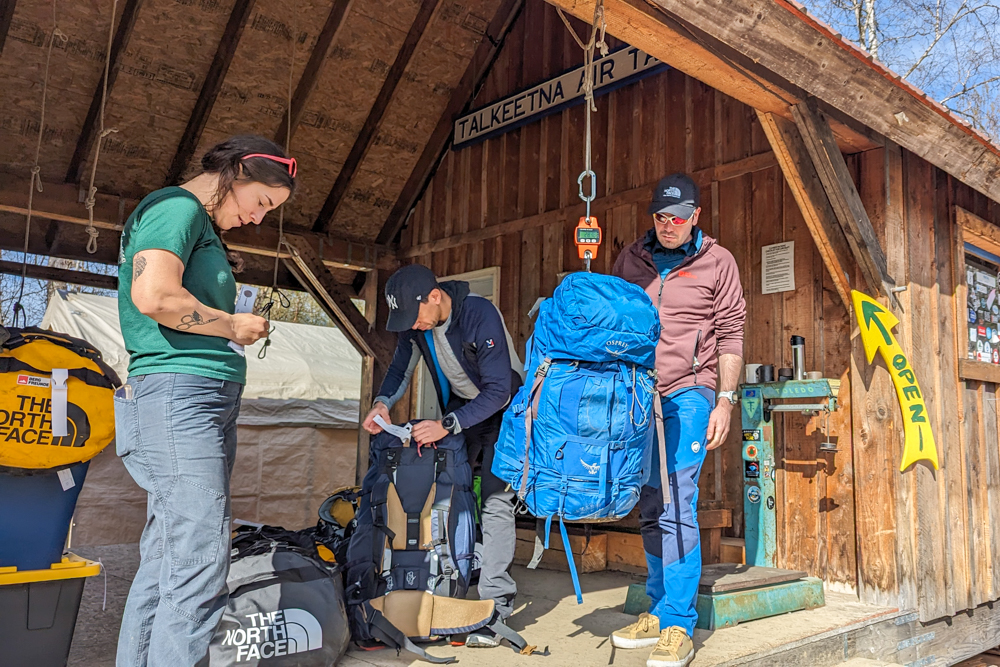
Luggage
On the mountain, you will need a 120-140l, durable kit bag for transporting your gear on the sledge and at least an 80l backpack. Use dry bags or stuff sacks to keep gear organised. The small kit bag and rucksack can be stored in Talkeetna, the small town where climbers take the flight onto the glacier.
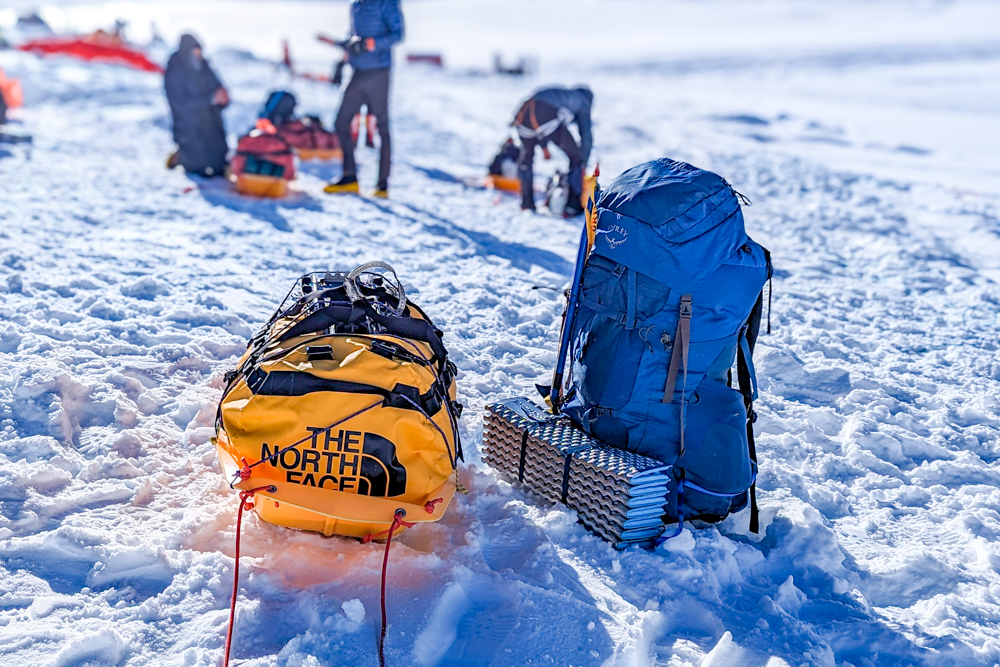
Lunches
AAI provides breakfasts and dinners on this expedition but climbers must provide their lunches. Guidance on what to pack was sent but this largely comes down to your preferences. You should avoid packing any items that require preparation or hot water. The most important thing is to have a variety of food which you will want to eat. The total weight for all 21 lunches should not exceed 6.8kg (15lb). Below is what I packed.
Travel clothes
Two days in Anchorage first; up to five days afterwards in Talkeetna and Anchorage. The first thing you’ll want to do when you get off the mountain is put on some cotton.
- Loose trousers
- T-shirts
- Hoody/warm jacket
- Socks
- Underwear
- Sneakers/comfortable shoes
Documentation
- Passport + photocopies
- ESTA/visa information if required
- Insurance certificate and details
- Flight information
- Spending money (allow $500-$800 USD for tips)
Enjoyed this post? pin it for later…
